UG-Courses
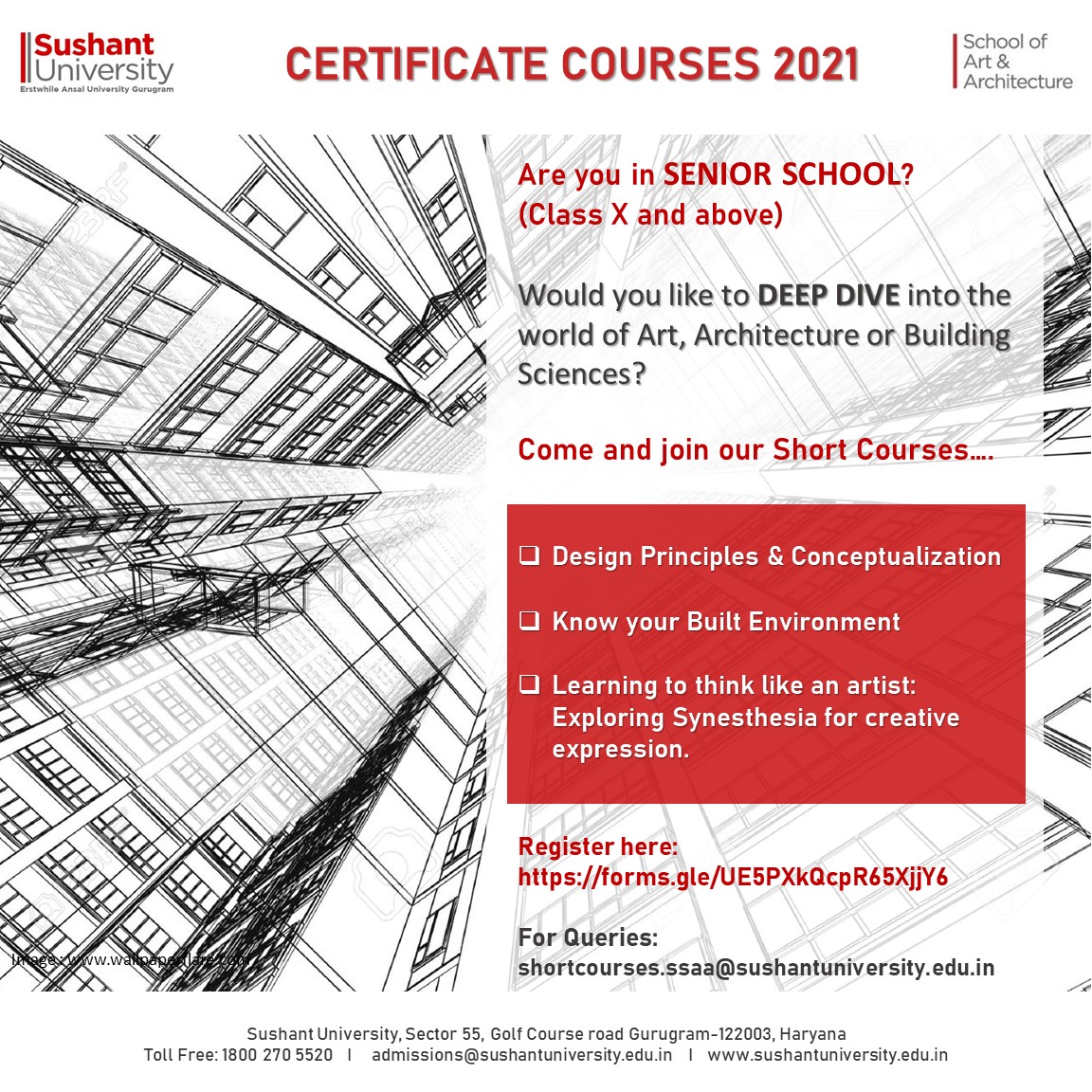
B. Arch. - Design Principles & Conceptualisation: Ways of seeing
- August 16 – August 18 , 2021 | 11 AM - 1 PM
Design Principles & Conceptualisation: Ways of seeing
The course will introduce the fundamentals of design elements and principles to the participants, in order to understand the ideas of ordering, composition and role of geometry around us. The intent is to recognise, appreciate and celebrate the all- pervasiveness of design which defines our 'ways of seeing' specifically with respect to the Human Scale. The discussions and exercises during the course will focus on explorations, which value diverse and innate self- expression, through the media of films and the digital platform.
It will sensitize the participants to the connection between Aesthetics and Strength. This will develop knowledge of design elements and principles, skills to apply them, as well as the value of critical thinking among the participants. The course will be beneficial to the students keen on taking up further studies in the field of architecture.
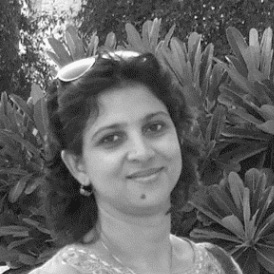
Associate Professor Aruna Bhardwaj
She was the co-founder of Vertex Designs and an Associate partner at Vertex Inc, for over two decades, where she was involved with conceptualization, design, supervision and end to end execution of various projects that ranged from hospitality, organized retail, commercial & residential. Maharaja Swai man Singh II Museum at City Palace, Jaipur & Jaigarh Gallery, Amer were some of the key contemporary adaptive reuse projects that were handled by her.
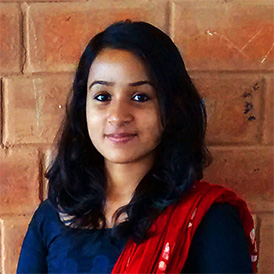
Meenu Babu
She is an architect with a Master’s degree in Sustainable Architecture from MES School of Architecture (University of Calicut). She has completed her Bachelors in Architecture from Adhiyamaan Educational Research Institute, Anna University. She has been associated with SAA since 2019 and is currently the first year coordinator. She is passionate towards responsive and sensitive architecture which focuses on design with its impact on society & environment.
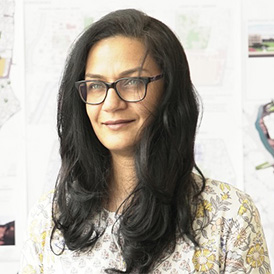
Radha Dayal
She is an alumnus of SSAA and worked with several architectural firms in Delhi before pursuing a Masters in Liberal Arts at Temple University, USA, later followed by a Masters in Film Studies from the UK. Her multidisciplinary interests inform her teaching and research. She joined SSAA as an Associate Professor in 2017 and runs the research forum Proposition for the school.
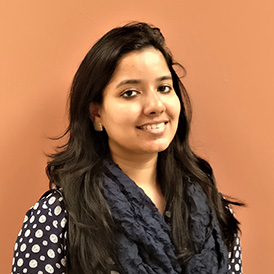
Suruchi Shah
She is an architect with specialization in Architectural Conservation. She is Assistant Professor in School of Art and Architecture, Sushant University, since 2014. She is currently the track director for ‘History of Architecture’ course in B.Arch. Her research interests include built heritage, cultural studies, historic building materials and adaptive re-use. She has presented and published her research at national and international platforms. She has worked on various architectural as well as built heritage conservation projects in India.

Know your Built Environment
Built environment is to understand the human-made surroundings that provide the setting for human activity, ranging in scale from buildings and parks or green space to neighborhoods and cities that can often include their supporting infrastructure, such as water supply or energy networks. The built environment is a material, spatial, and cultural product of human labor that combines physical elements and energy in forms for living, working, and playing. It has been defined as “the human-made space in which people live, work, and recreate on a day-to-day basis”
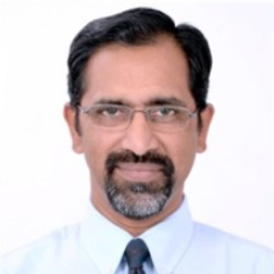
Mr TS Ravichandran
Architect Academician
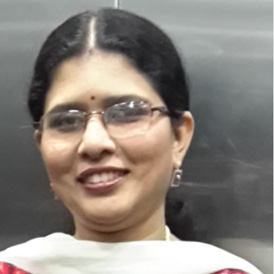
Tanaya Verma
Associate Professor, SAA
Program Director BSc Building Project
Undergraduate Head – B.Arch, BSc & BFA
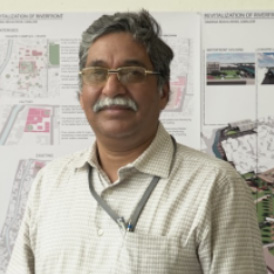
Col Virendra Kumar Malik
Professor SAA
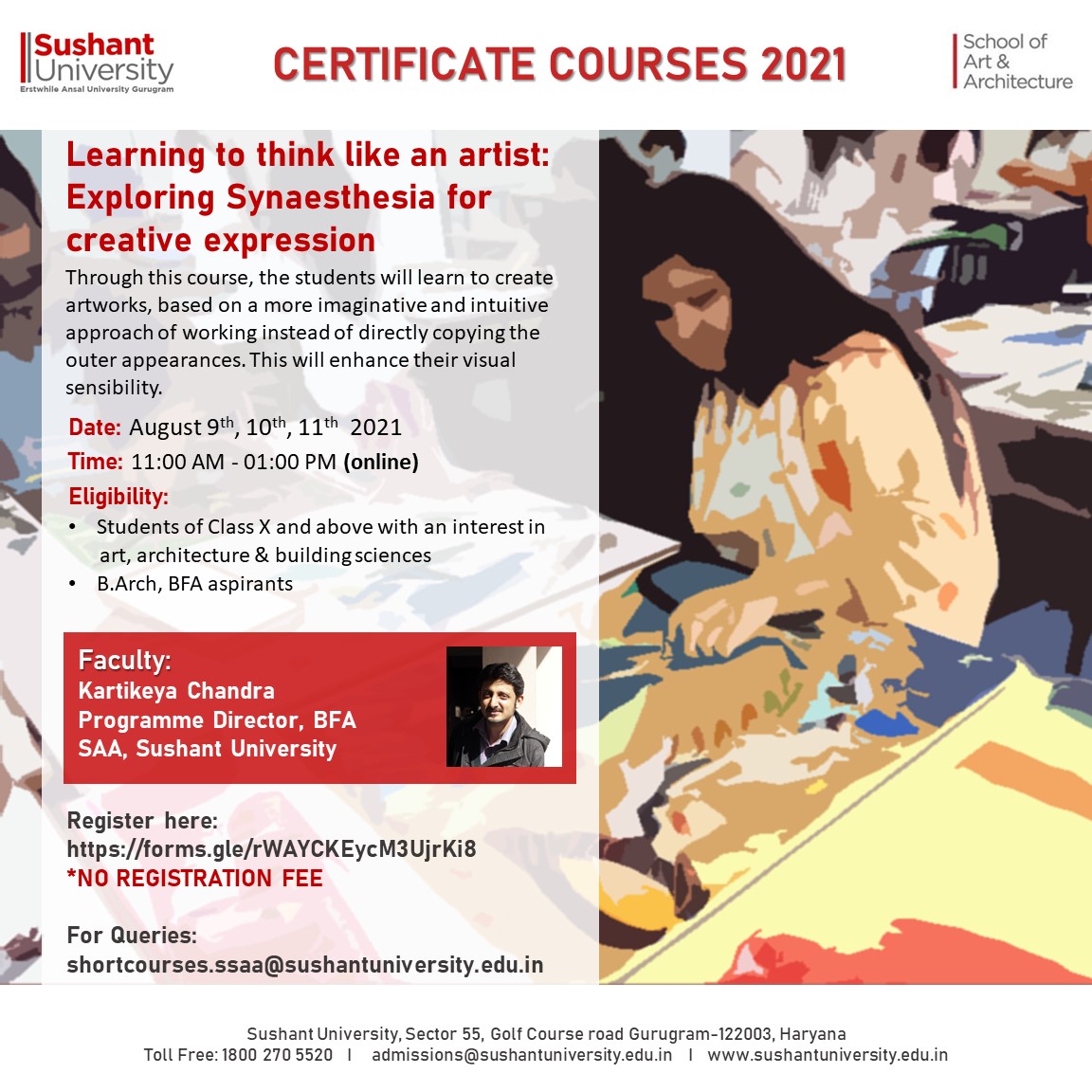
BFA - Learning to think like an artist: Exploring Synaesthesia for creative expression.
- August 9 – August 11, 2021 | 11 AM - 1 PM
Learning to think like an artist: Exploring Synaesthesia for creative expression.
Through this course, the students will learn to create artworks, based on a more imaginative and intuitive approach of working instead of directly copying the outer appearances. In doing so they will discover new ways of creating artworks with a synesthetic dimension capable of evoking different kinds of sensory experiences based on visual associations. They will gain confidence in creating visually stimulating images through the process of overlapping, juxtaposition and layering and in doing so will learn to create a kind of visual language which is direct and perceptual in its appeal. This will enhance their visual sensibility and will make them realize that art is all about discovering new ways of looking at reality and creating new meanings different from conventional or everyday meanings.
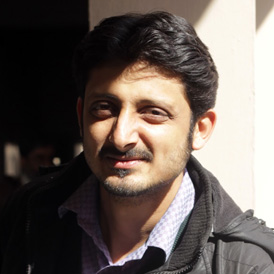
Kartikeya Chandra (Associate Professor)
Programme Director for the BFA program at Sushant University.
BFA from College of Art, University of Delhi, and MFA in Painting from Visva Bharati University, Santiniketan.
Before joining Sushant University, he served as an Art consultant for Crosslay Remedies limited and as faculty in the College of Art, University of Delhi along with Lisaa School of Design, Gurugram. His job profile comprised of delivering lectures on Aesthetics and training students in representational techniques involving drawing and painting. A recipient of awards by T.E.R.I.(Tata Energy Research Institute) and College of Art, he has experience of dealing with Under Graduate students from diverse artistic disciplines like Painting, Applied Art, Sculpture, Architecture, and Design.
His teaching methodology includes making students aware of the underlying framework behind an image making process with relation to correct interpretation in terms of perception and desired expression.
Main area of interest involves study of Visual Aesthetics and its application in order to go beyond the convectional representational formats with respect to known perceptual sensibility.